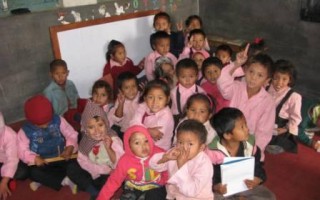
Volunteers Initiative Nepal or VIN is a Nepal based not-for-profit organization that was founded in 2005 by Bhupendra Ghimire (Bhupi). Bhupi grew up in a remote village in Nepal where he had to walk three hours a day to school. He was one of the few students from his village to complete graduation and later on went […]
view the post
If you are on Facebook, you must vote for the “Go Eat Give” bus. My girlfriends and I have entered to win a trip to Asia (Thailand, Laos and Cambodia) worth $25,000 sponsored by Contiki. If we win, we will connect people, places and palates! Our mission is to explore cultures by connecting with the locals, learning, […]
view the post